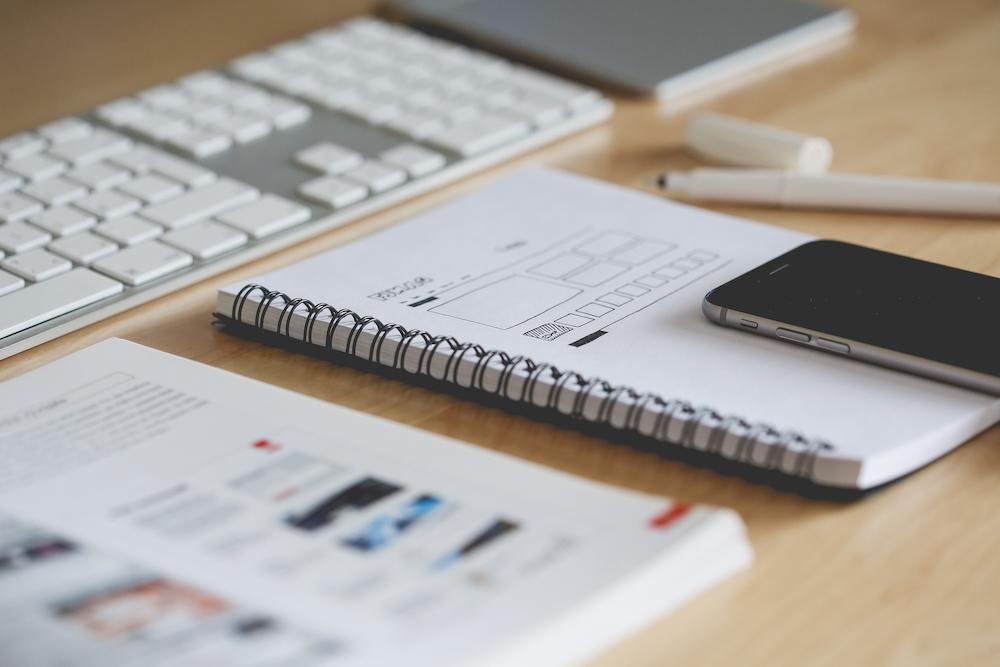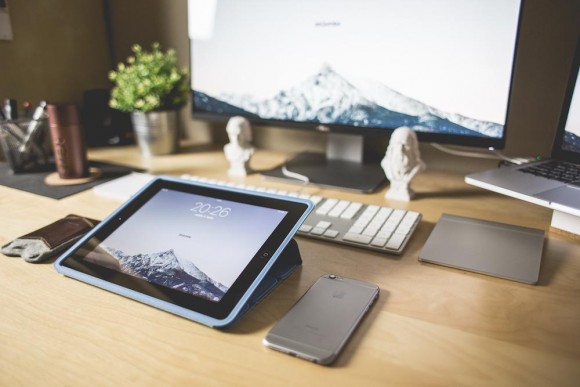5 Tips for Recruiting a UX Designer

As your blog have increasingly become your first point of contact with potential consumers, you might want to look into hiring a professional UX designer to help you set your blog apart. This is because engaging and thought through online user experience could be very crucial to the success of your blog.
In 2014, DMI produced a report that showed that companies that invested heavily in great web design outperformed the S&P 500 by 228%. There’s no surprise that the demand for experienced UX designers has increased dramatically, but the number of talented UX designers hasn’t grown at the same rate. This means competition for securing a great UX designer is extremely high.
While job boards will show you a number of candidates willing to take on your design project, it’s hard to distinguish between top talent and amateurs looking for a gig. These tips will help you narrow in on the best candidates so you can recruit an awesome UX designer for your next project.
1. Know What UX Design Is and Isn’t
You don’t have to be design-oriented, but you should understand the role you’re looking to fill. UX design is the discipline of ensuring that the user experience is as intuitive and interesting as possible. You can think of your UX designer as the thought engine behind every other design aspect of your blog.
But that doesn’t mean you should be asking your UX candidate to walk you through color choices for specific control elements. That’s not their job (that falls under the responsibilities of the user interface designer) and they may quickly pass your project up if they sense you’re interviewing them for the wrong role.
Though often confused, it’s important you know the difference between UX and UI design. UX designer deliverables include user personas, wireframes, usability tests, and low fidelity sketches while UI deliverables will include high fidelity sketches and your working prototypes.
They are entirely different positions. Knowing the difference will signal to your candidate that you’ve done your homework and help you know what is reasonable to expect your UX designer to do for you.
2. Lay Out Your Constraints
Most web design projects run overtime or over budget. At best, this means changing your timetable or shelling out a bit more for your project than you had hoped, but you really don’t want your blog redesign project to put your company in jeopardy of going under.
It’s really important that you set your budget and timeline before you begin recruiting. This saves you and your candidates time and lets your designer know the parameters within which he or she must work.
3. Hire Remote Talent
A great UX designer doesn’t need to work in-house. In fact, it’s far less likely that you find a great UX designer for your team if you limit your search to candidates in your area. If you consider hiring a remote UX designer, your candidate pool grows exponentially.

Credit: Image courtesy of PicJumbo
As increasing number of extremely talented digital designers prefer to work remotely, more and more companies are hiring designers who telecommute at least some of the time. In fact, a recent study suggests that by 2020, more than half – and perhaps more than three-quarters – of the total workforce will work remotely.
Toptal Designers, the world’s leading marketplace for freelance engineers and designers, is an entirely distributed network of over 2,000 developers and designers who represent the top 3% of talent around the world.
They rigorously vet all design candidates with test projects and an-in depth review of design fundamentals while also screening for excellent english language skills and personality. Check out their guide to hiring web designers so you know what qualifications make for an excellent remote web designer.
Other newcomer places to find the help include Folyo, Crew, Envato, Dreamlance and others
4. Ask The Right Questions
Don’t just read their résumés and review their portfolios. Ask questions that explore their decision making process and ensure they have the skillset to tackle your specific project.
This kills two birds with one stone. First, it shows your candidate that you’ve done your research and you’re not wasting your candidate’s time. Second, it gives you an opportunity to see if they are right for the job.
5. Look for All-round fit
Personality and communication matter a lot. A great designer who doesn’t share your core values is not going to be a good addition to your team. It is essential that your candidate understands the brand, how your company and blog play a unique role in its market, and how the channels of communication between development teams functions.
Your UX designer is going to need to communicate very often with the rest of your designers and developers, so look for candidates who will make for strong team players.
Throughout the interview process, pay attention to candidates’ availability, attention to detail, and ability to explain how and why they make decisions. Integrity and reliability are as important in your UX designer as creativity and a phenomenal grasp of design fundamentals.
Credit: Image courtesy of PicJumbo

